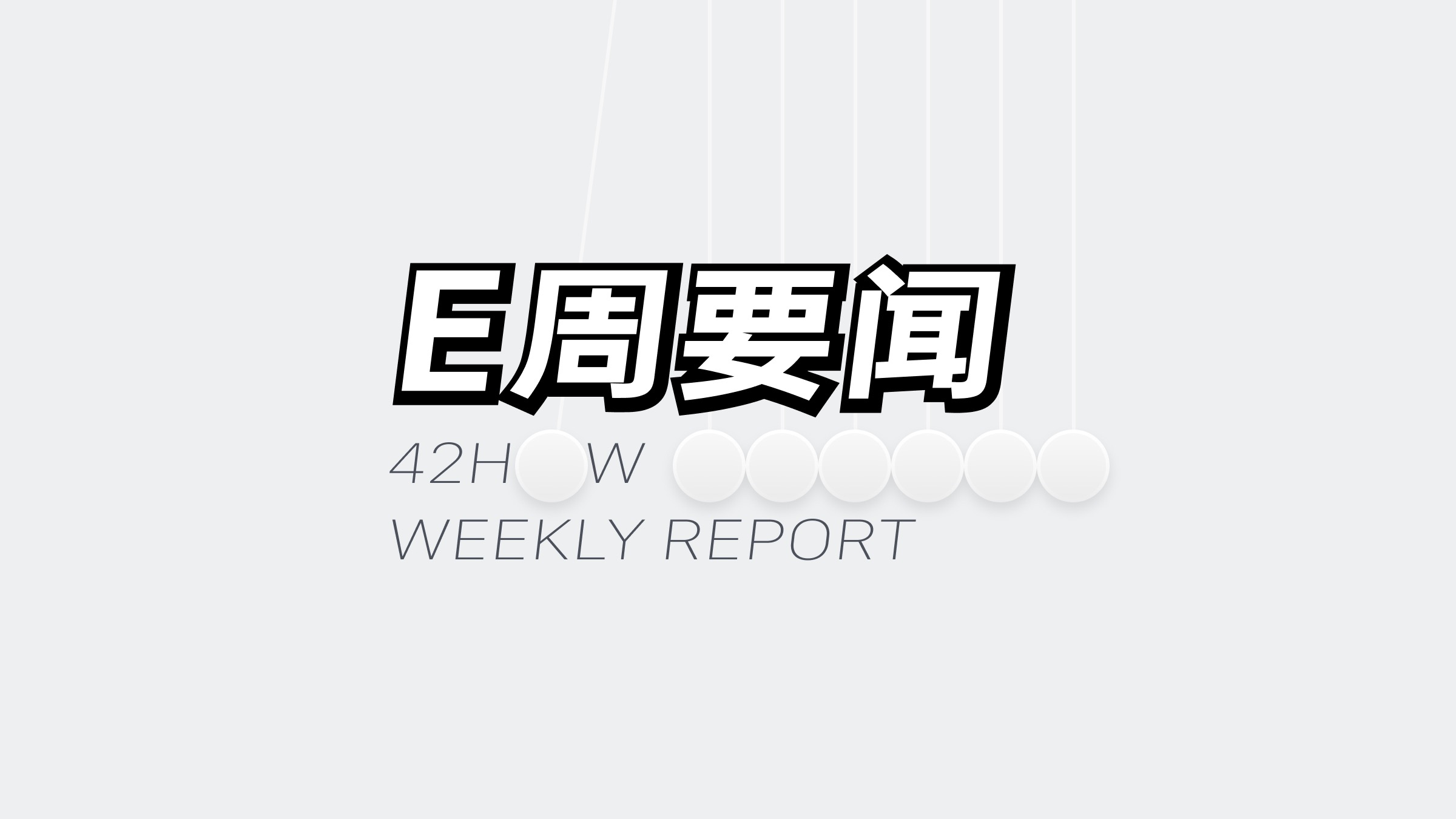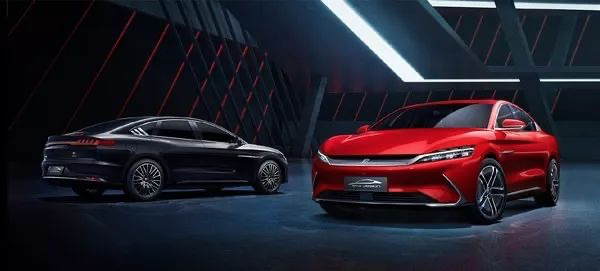PART 1 Weekly Index
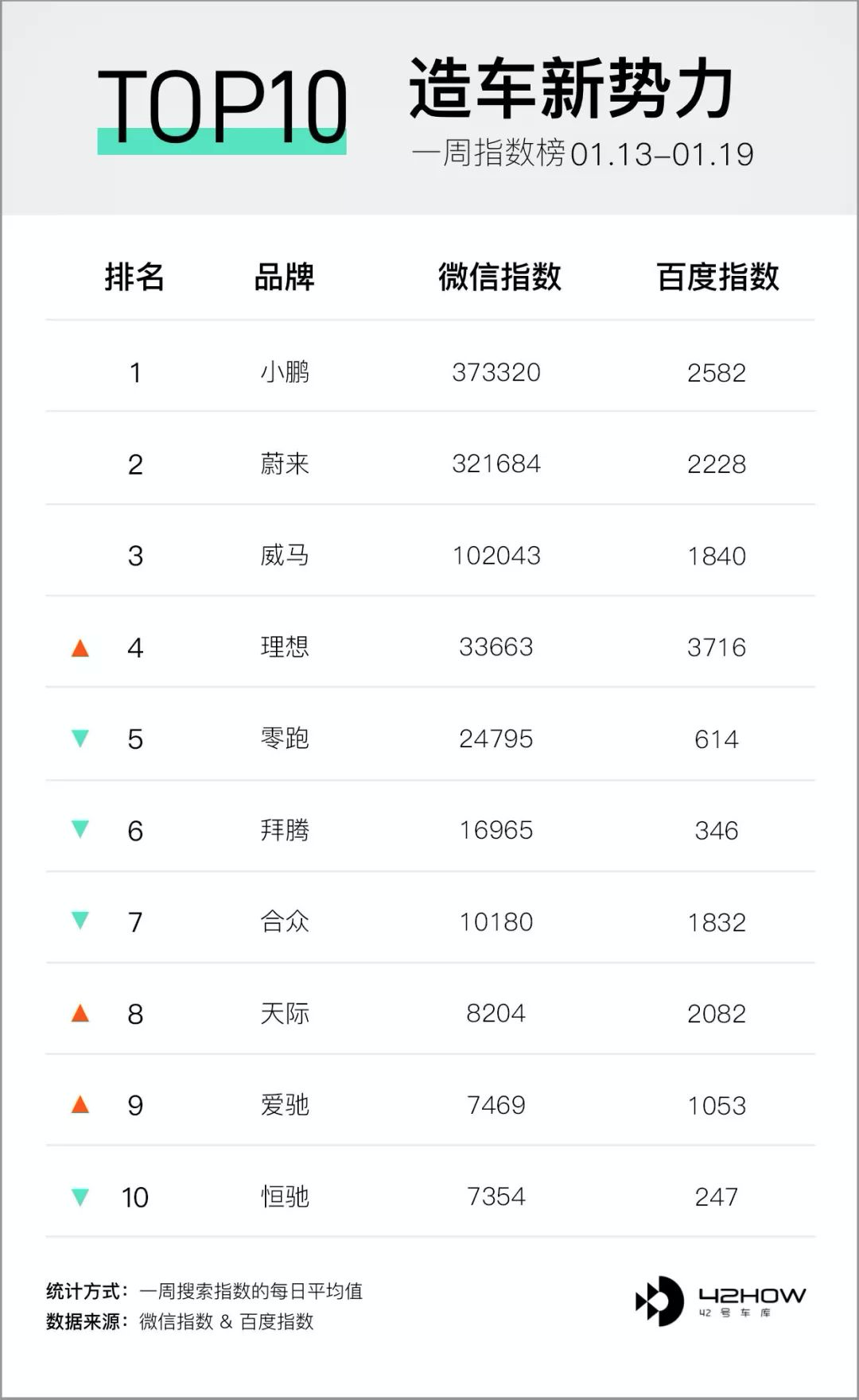
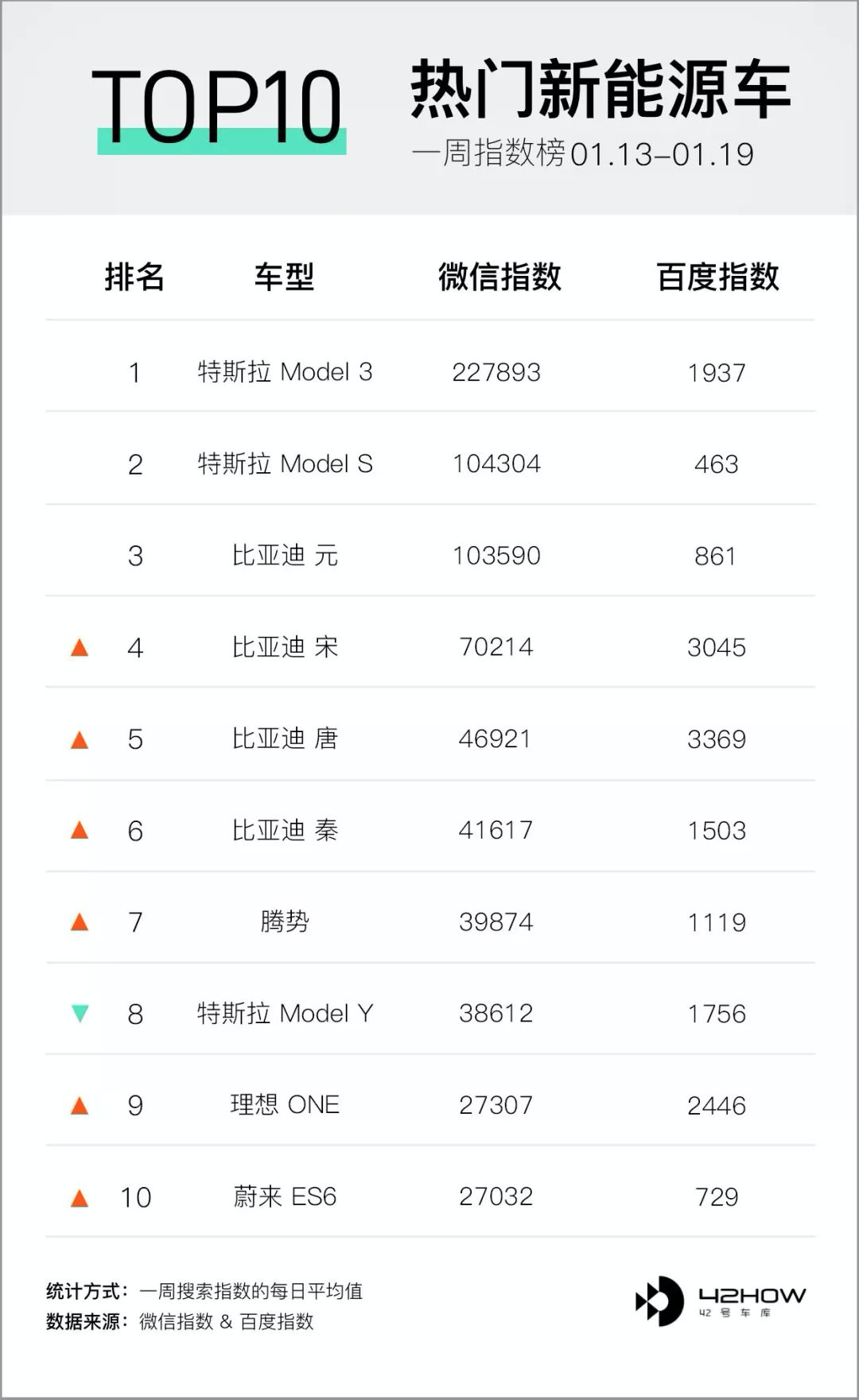
PART 2 Weekly News
① Volkswagen CEO warns of Nokia-like fate without faster reforms
Following the Volkswagen’s global supervisory board meeting last Thursday, Herbert Diess told senior managers “it will be very hard for us” if the company continues to develop at its current pace. Diess also said that cars are no longer just means of transportation and that carmakers are no longer just car manufacturers, ending an era of classic car makers.
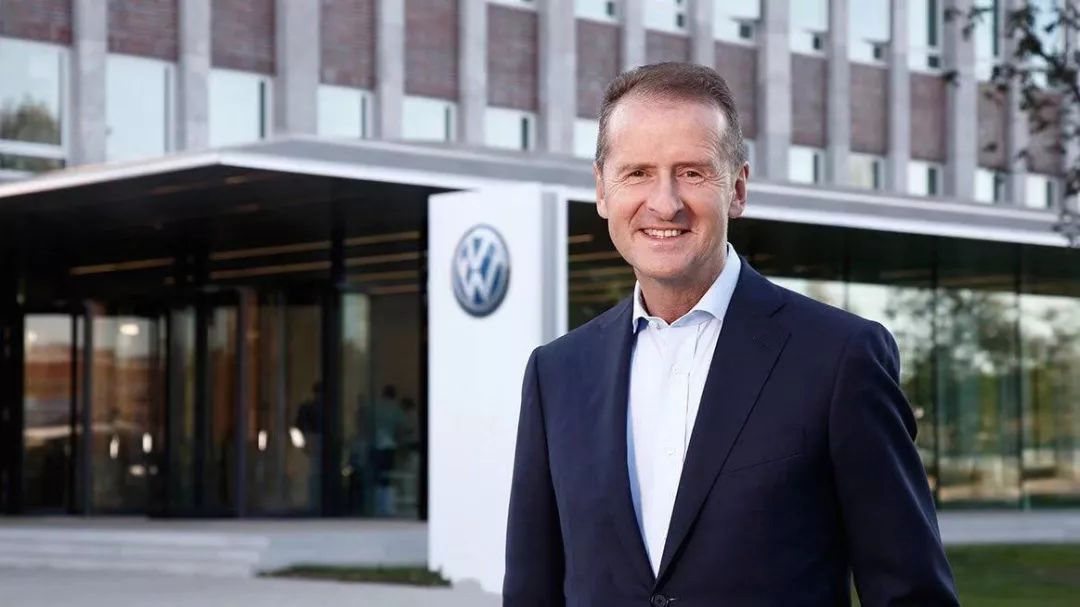
Brief Comment: If Tesla’s success is just an exception, then joining of a giant marks a change in the entire industry. From Diess’s words, it is clear that Volkswagen has come to a “crossroads” of fate and has sufficient attention and thinking about the lessons learned from other industries.
Facing the changing energy landscape in the world, new forces have the advantage of flexibility, while old factories have a deep foundation in the overall development of vehicles. Who will win in the end? Let’s give the “microphone”to the market.
② Tesla switches map data services to Baidu
On January 17th, Tesla announced that Tencent Map, which previously provided map data for vehicles, will be replaced by Baidu Map, and the update will also add more entertainment functions.
To put it in the words of a map app product manager, fundamentally speaking, maps are complex products, and users can hardly distinguish the complex relationships between data, base maps, and navigation engines unless they are industry professionals.
Without professional knowledge, users can only classify responsibility to the corresponding company through the brand logos displayed on the screen. Therefore, the usability of the car navigation map depends on the joint efforts of car manufacturers and map suppliers.
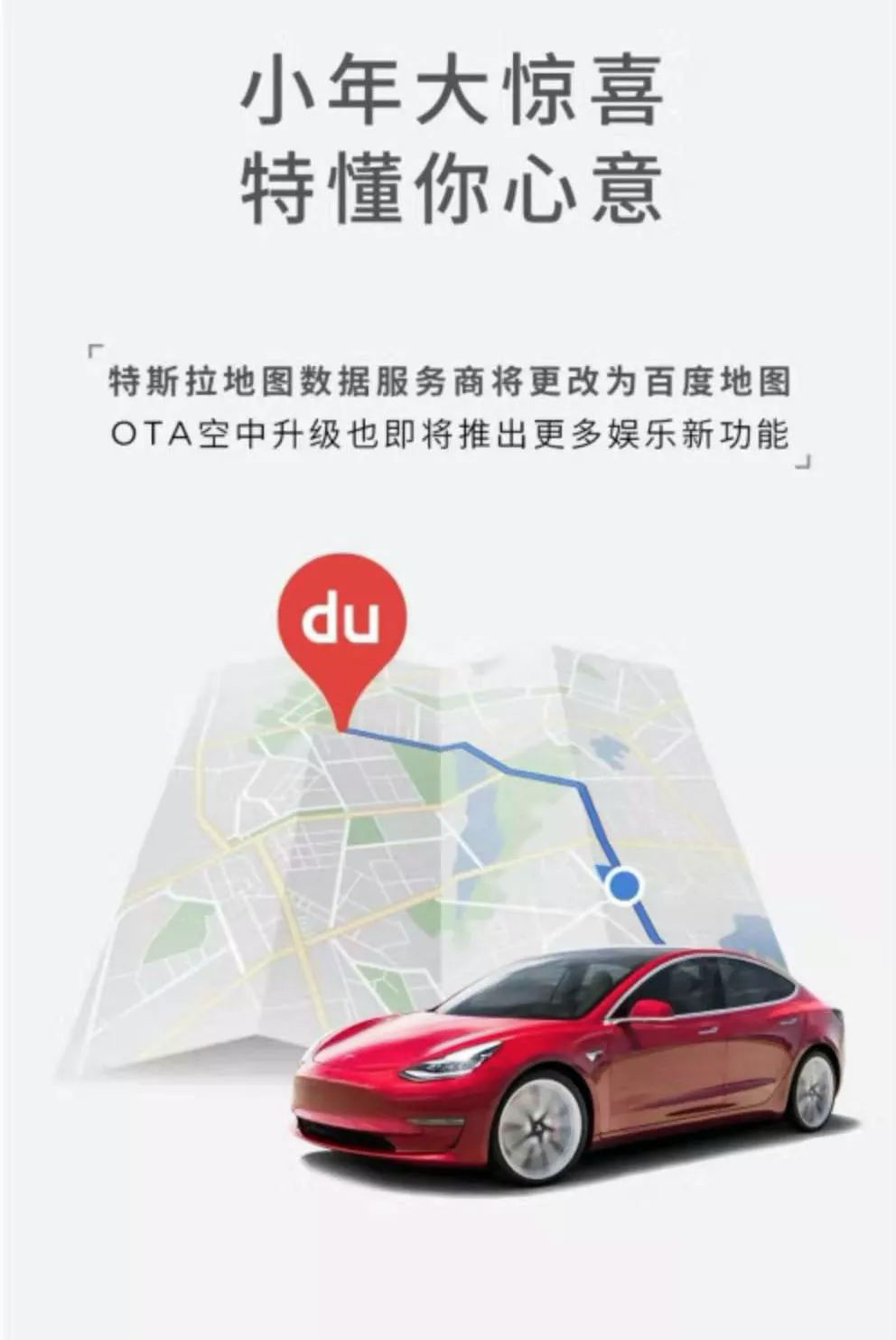
Brief Comment: Compared with other aspects of the car experience, Tesla’s car navigation map has always been criticized by many car enthusiasts. It is believed that Tesla has found the current problem through cooperation with Tencent Maps.
Looking forward to its early implementation of solving users’ pain points in the next stage of updates, bringing better driving experience for users.
③ BYD Han is expected to be launched in mid-2020 with “Blade Battery” installed
Recently, the declaration images of BYD Han DM/EV were exposed, and the two new cars are expected to be launched in mid-2020.
The DM model (silver) continues the Dragon Face family design language, and the EV model (red) styling is more aggressive, adopting a fully enclosed front face design. The aerodynamic efficiency coefficients for both models have not been disclosed yet.
Pure electric models have two versions of two-wheel drive and four-wheel drive. The front-wheel drive version adopts a single motor drive with a maximum output power of 163 kW. The four-wheel drive version adopts a dual motor drive with a total maximum output power of 363 kW.
In addition, on January 12, Wang Chuanfu revealed at the 2020 Electric Vehicle 100 Forum that the pure electric Han will adopt BYD’s latest achievement in the battery field, the “Blade Battery”. Its range can reach 600 km, and the battery type is lithium iron phosphate.
Quick comment: From the choice of announcing at the Electric Vehicle 100 Forum, it can be seen that the weight of BYD’s new “Blade Battery” is not weaker than that of the new car.
In view of the current development situation of the entire industry, 2020 will be the beginning of the “post-range anxiety era”. In this year, there will be increasing types of models with close to 500 km range, and consumers will gradually begin to dilute their concerns about range anxiety.
Then, whether the “Blade Battery” can become BYD’s entry ticket for the “post-range anxiety era” remains to be seen.
④ XPeng G3’s mid-collision test results came out, with overall good performance
On January 14th, the collision test results of XPeng G3 were released, and the scores for the four major projects are as follows:
Crashworthiness and repair economy: P (poor)
In-vehicle occupant safety: G (excellent)
Pedestrian safety: G (excellent)
Vehicle assistance safety: G (excellent)
The Mid-term Evaluation (中保研) was initiated by the Chinese insurance industry. Insurance companies directly refer to the collision scores of the Mid-term Evaluation for the formulation of vehicle insurance. The tested vehicles are all independently purchased by Mid-term Evaluation, so the test results of Mid-term Evaluation have more reference value than C-NCAP.
The vehicles participating in this test were two versions. The 2020 Joy Edition, which is the low-end model, participated in the first three tests. The Intelligent Edition, which is the mid-range model, participated in the vehicle assistance safety test.In addition, at the 2020 Electric Vehicle Hundred People’s Congress, He XPeng, the chairman and CEO of XPeng Motors, stated that 92% of the G3 models sold in 2019 were equipped with advanced driver assistance systems, meaning that 92% of the models were mid-to-high-end.
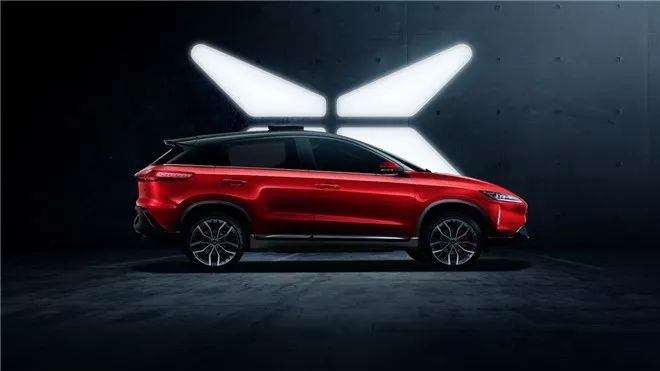
Quick comment: Crash test scores are an important indicator of vehicle safety. Previously, there were doubts about the ability of new forces in car manufacturing, and safety was the first object of suspicion.
Although the test level of XPeng G3 did not reach perfection, it was enough to demonstrate XPeng’s attitude towards vehicle safety. In this market environment where safety is constantly emphasized, we believe that such results will help XPeng establish a better brand image in the minds of consumers.
⑤ WM Motor launches “WM Direct Purchase” sales model
On January 16th, WM Motor officially launched a new direct purchase sales model, which can solve the problem of high initial purchase cost, inconvenient charging, and low residual value of electric vehicles through three measures: half-price pickup, travel contract package, and value retention buyback.
Currently, the “WM Direct Purchase” model is only applicable to WM EX6 Plus 400 lightweight edition, and WM will consider promoting it to all WM products based on market conditions in the future.
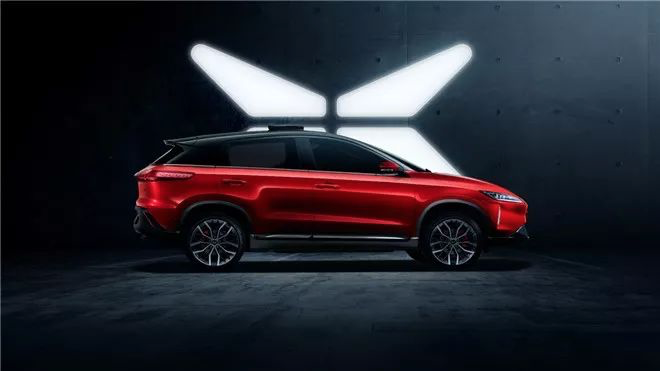
Quick comment: There is a saying circulating in the second-hand car market: “Better to buy a third-hand fuel-consuming car than a second-hand electric car.” Due to the early technical limitations, new energy vehicles have left a persistent impression in the market, such as slow charging and low residual value, and one of the key factors that contribute to these impressions is the life cycle of the power battery.
To this end, the country has issued relevant regulations for the quality assurance of power batteries, and major companies are also constantly seeking innovative business models in their own eco-systems, providing consumers with more flexible and diverse car purchase plans.
For automakers, a lower starting price can indeed bring better financial data to the company in the short term, but this also puts new demands on the financing, disposal of waste equipment, recycling and reuse, etc. Believe that this will also become a new challenge for WM.
This article is a translation by ChatGPT of a Chinese report from 42HOW. If you have any questions about it, please email bd@42how.com.
